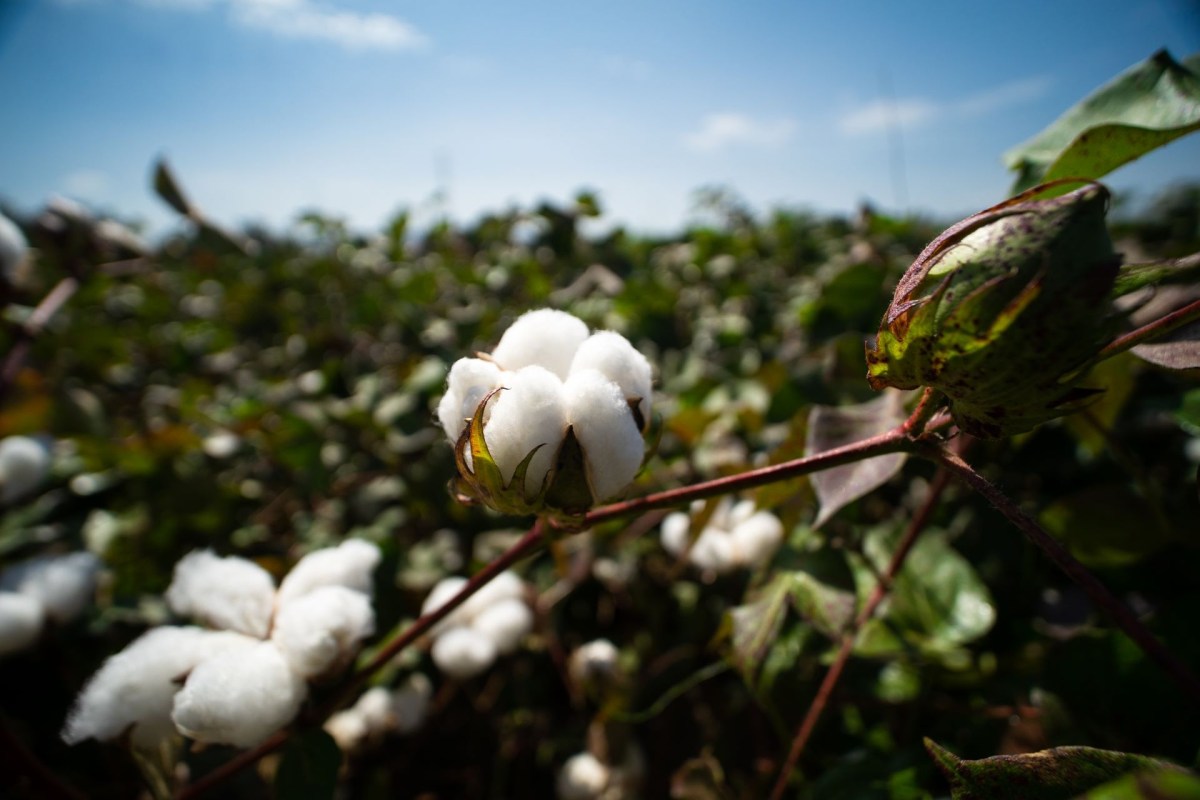Researchers from the United States Department of Agriculture (USDA) recently announced that they've achieved a major breakthrough — developing naturally flame-resistant cotton.
Scientists from the department's Agricultural Research Service managed to breed four different lines of cotton that self-extinguished when exposed to flames, eliminating the need for toxic, flame-retardant chemicals.
The impact of this discovery is hard to overstate. Flame-retardant compounds, which are often toxic, are found in just about everything, from clothing to electronics. According to the environmental nonprofit Safer States, we eat, drink, and breathe them, and they "bioaccumulate in humans, causing long-term chronic health problems as bodies contain higher and higher levels of these toxic chemicals."
These chronic health problems can be wide-ranging. The National Institute of Environmental Health Sciences notes the existence of "a growing body of evidence" that flame retardants can have harmful health effects, such as increasing the risk of endocrine disruption or cancer.
The effects of flame retardants can be particularly detrimental to children. As the parenting website Fatherly reports, there is increasingly strong evidence that flame-retardant chemicals can interfere with a child's development — and even do damage to fetuses.
Duke University professor Heather Stapleton told Fatherly that "there is concern about effects on the developing brain — similar to concerns related to lead exposure."
The USDA study, which was published in the journal PLOS ONE, offers hope that flame retardants can be phased out of clothing production sooner rather than later.
"Breeding of inherently flame-resistant white cotton varieties has the potential to reduce the costs and impacts of use of flame-retardant chemicals, and benefit textile producers and consumers," the study's authors write. "The discovery of white cotton fibers that can make fabrics with intrinsic self-extinguishing flame-retardant properties is surprising and important for the efficient development of safe textiles."
Though researchers haven't given a timetable as to when the new cotton strains could become commercially available, The Daily Beast reports that because the new strains were created by interbreeding existing ones, farmers can start growing the new strains "without a lengthy approval process."
USDA researcher Gregory Thyssen told The Daily Beast that the USDA will release the new varieties to commercial growers as soon as the current plants are able to produce more seeds. In the meantime, the very existence of flame-resistant cotton strains has excited many in the science world.
"The spread of fires through people's homes often involve textiles catching alight," writes science journalist Michael Le Page in New Scientist. "This could let us make fire-resistant fabrics without having to add toxic chemicals."
Join our free newsletter for weekly updates on the coolest innovations improving our lives and saving our planet.









